Covid cases rising rapidly throughout the UK – but it can be overwhelming trying to understand all the different bits of data at once.
The government has also claimed it needs more data before the UK can fully understand what kind of impact Omicron is having in Britain, and before Downing Street can consider introducing further restrictions.
Advertisement
So, here’s a breakdown of the top six numbers you need to know about ahead of 2022.
1. How many people are testing positive?
Advertisement
As of Friday 31 December, 189,846 people have tested positive with Covid, according to the government’s ONS data. That means in the last week, slightly fewer than one million people tested positive in the UK.
However, it’s worth noting that, according to the ZOE Covid Study, this number was likely to be closer to 198,381 two days ago.
Advertisement
Either way, the UK has repeatedly reached record highs when it comes to Covid infections in recent days.
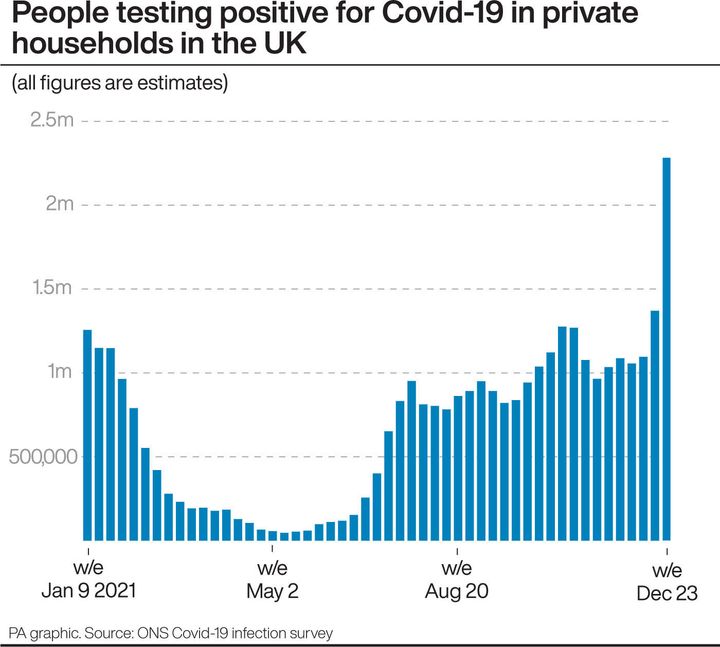
PA GraphicsPress Association Images
2. How many Covid-related deaths have been reported recently?
As of Friday 31 December, there were 203 additional deaths related to Covid reported. This is much lower than the peaks seen during the previous waves of infections, but there is usually a time lag between the first wave of transmission and deaths.
There have been a total 148,624 deaths in the UK since the pandemic began.
Advertisement
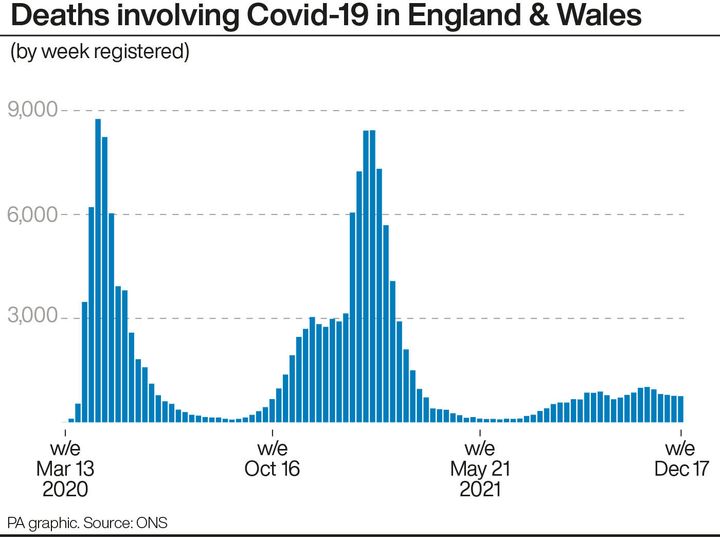
PA GraphicsPress Association Images
3. Omicron is now the dominant variant in England and Scotland
Omicron infections now dominate Covid infections in both England and Scotland.
Case numbers – particularly Omicron infections – are still increasing rapidly in Wales and Northern Ireland but the new variant has not quite overtaken the Delta variant in these two nations just yet.
This data was based off tests conducted between November 12 and December 23.
The UK Health Security Agency also found that the risk of hospitalisation with the highly transmissible Omicron variant is one third the risk of hospitalisation from the Delta variant.
4. How many people have had their booster jabs?
A total of 51,738,013 people in the UK have had their first jabs while around 47,368,074 people have had their second jabs.
Approximately 33,527,184 people have had their third or booster jab.
The government has reported that the NHS has met its target to offer all eligible adults in the UK a booster vaccine by December 31, 2021, and that eight million booster jabs were offered between December 12 and December 30 after the Get Boosted Now campaign.
However Boris Johnson has called for anyone who does not have all three jabs to come forward in the New Year.
Advertisement
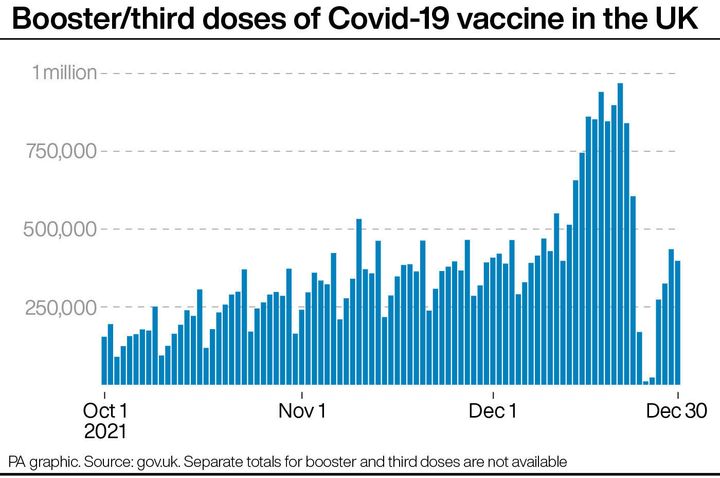
PA GraphicsPress Association Images
5. How many NHS staff members are off sick?
Sickness among frontline health workers doubled in just 14 days according to new NHS figures.
On Boxing Day, 24,632 people in acute NHS trusts were absent due to contracting Covid or because they were quarantining.
This is a stark contrast to the 12,240 staff members who couldn’t work for the same reasons on Sunday 12 December.
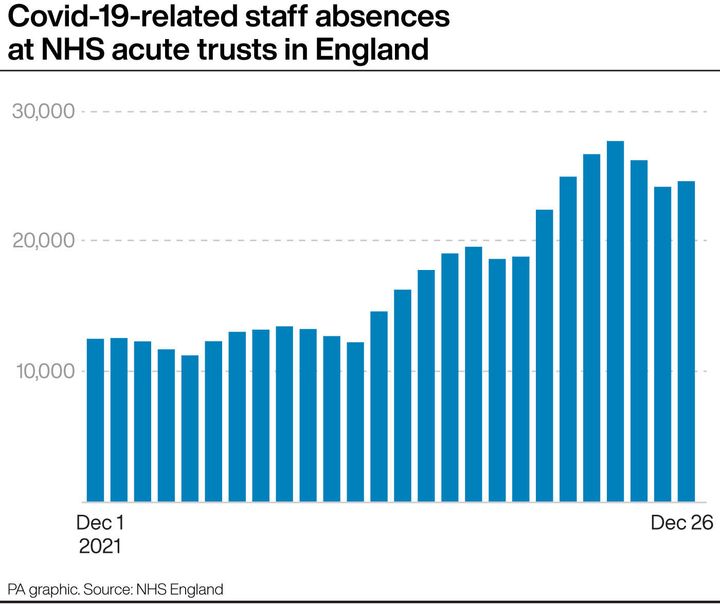
PA GraphicsPress Association Images
6. How many people are in hospital with Covid?
There are 11,918 people in hospital with Covid as of December 31.
The total number of patients admitted is now at 1,915 per day and there are 868 people in ventilation beds.
Boris Johnson confirmed that around 90% of ICU patients have not have their booster jabs, and that the unvaccinated are eight times more likely to be hospitalised with Covid.
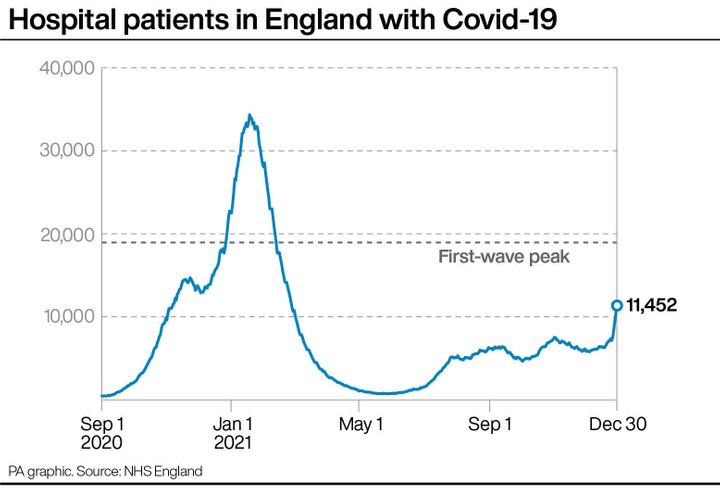
PA GraphicsPress Association Images








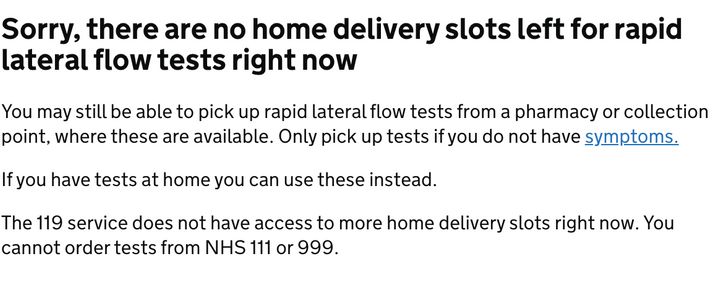


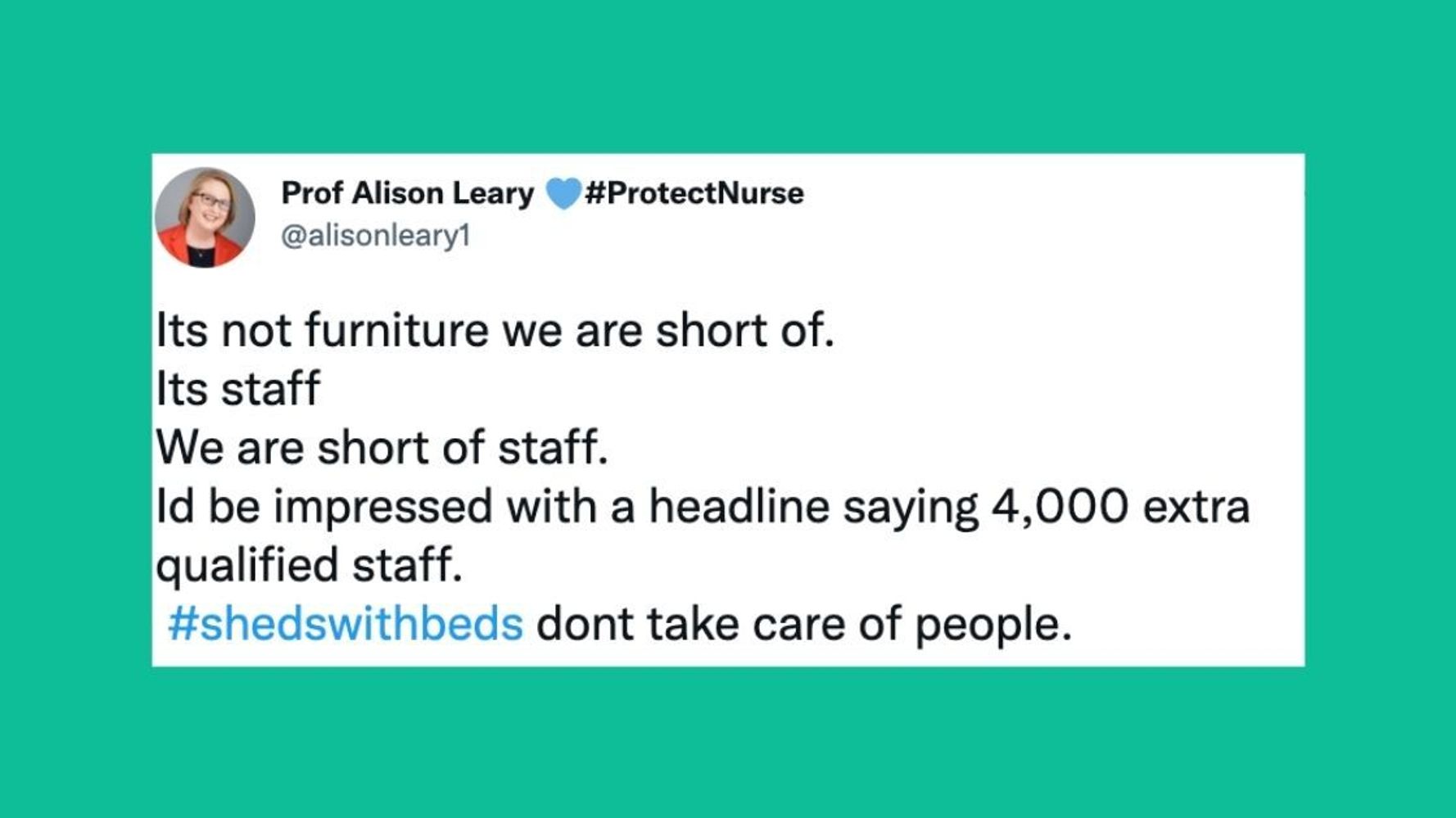

 #ProtectNurse (@alisonleary1)
#ProtectNurse (@alisonleary1) 




 (@Andreaeday)
(@Andreaeday) 



















